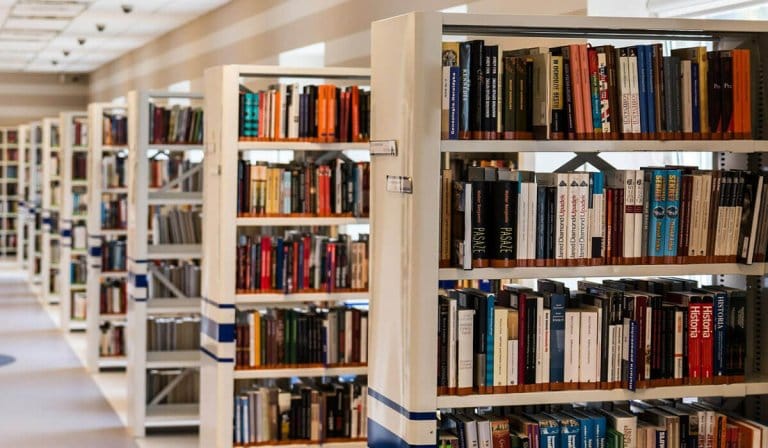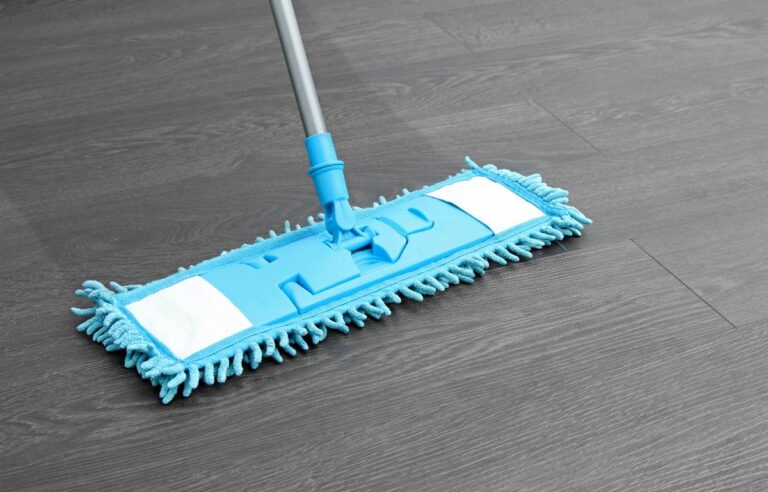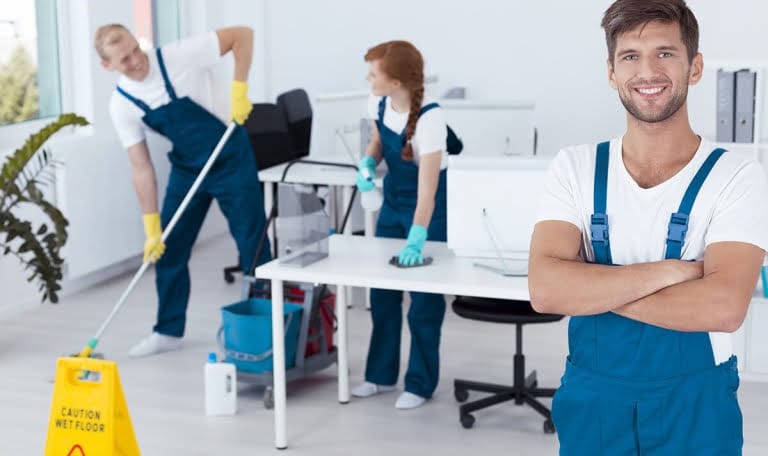Sports floors are essential elements of the equipment of every hall where exercises in various disciplines take place regularly. In each discipline, the structure and course of movement are characterized by different parameters, which is why not every floor will be suitable for all sports needs. Floors in halls are characterized by high requirements, such as: high mechanical strength, durability, increased elasticity, dampening of impact sounds, anti-slip properties and easy to keep clean. These are just some of them, and each is equally important to be able to practice your favorite sport safely and with pleasure.
Cleaning sports floors – from the article you will learn:
- What are the types of sports flooring?
- How to keep a sports floor clean
- Which scrubbing machine to choose for mechanical washing
We clean the sports floor every day. Why?
Even if no one has used the sports hall, the floor should be cleaned. In this case, you can also wash the surfaces in the morning due to minor dirt that does not penetrate the floor structure. It is also recommended to clean it after each training session. Dust, dirt and even the smallest dirt settle on surfaces and float in the air. Did you know that dust acts like sandpaper? It falls to the floor where a person walks. In this way, it destroys the floor structure, which translates into reduced adhesion. The problem is compounded by the lack of efficient ventilation, typical of older buildings.
Types of sports floors
The main division of sports floors depends on their degree of elasticity, under the influence of dynamic force. It consists of four types of floors: surface-flexible, all-wooden, flexible, combined and mixed floors .
Flexible surface floors are traditionally made of wood, including parquet and floor panels. They are mainly used in halls where team games dominate, such as basketball or handball, but also in rooms where roller skating or cycling are practiced.
Point elastic floors are made of plastic with a thickness of 10 to 14 mm. Such floors consist of two layers: a flexible layer attached directly to the substrate and a surface layer. Such a surface is characterized by susceptibility to areas of unit loads of the foot, so it is soft and smooth. Thanks to these properties, they have a high degree of safety and reduce the risk of injury, and are used, among others, in gyms, volleyball, tennis, badminton and squash halls.
Combined floors fulfill the functions of a surface-elastic sports floor and the protective functions of a point-elastic floor, so they constitute an integrated combination of both sports floors. This type of flooring can be used in professional sports facilities as well as in recreational facilities.
A mixed floor composed of a flexible layer and a medium-rigid load-distributing layer. This design allows the user to avoid muscle fatigue too quickly.
Due to their use, sports floors are subjected to comprehensive tests. In order to check the suitability and quality of floors for sports purposes, appropriate procedures have been developed that standardize and facilitate the identification of the parameters of a given floor. In Poland, from February 2007 to February 2008, the discretionary standard was the German standard DIN 18032-2 “Sports halls; sports surfaces; requirements and research. After February 2008, the European standard PN-EN 14904 was introduced in Poland. It contains definitions, determines test methods, minimum and maximum values of requirements for multifunctional sports surfaces available in halls.
Sports floors – keeping them clean
When cleaning sports floors, we must select products so that their use does not negatively affect the properties of the floor itself. This is mainly about friction. Frequent use of cleaning products, with each wash, may result in small amounts of detergents being deposited on the floor. After using such products several times, the floor friction decreases significantly, and as a result, the floor becomes more slippery and unsuitable for safe practice of any sports discipline.
There are products available on the market intended for cleaning sports floors, which do not change the properties of the floor after use. An example of such a product is Clinex SportHall , a washing and care preparation suitable for machine and hand washing. This product has good wetting properties, evaporates quickly, does not leave streaks and does not accumulate on the cleaned surface. Sports surfaces (varnished parquet, PVC) washed with Clinex SportHall meet the requirements of the PN-EN 14904 standard in terms of friction.
The variety and availability of multifunctional surfaces in sports halls provide great opportunities for users to practice their favorite sports in a safe and comfortable way. To maintain this condition, the selection of an appropriate cleaning agent, one that, when used daily, will remove dirt and not build up, has a great influence. This will extend the life of the floor, but also ensure comfort and safety.
The first stage of cleaning, i.e. removing dust
Cleaning surfaces in sports halls actually takes place in two stages. The first one is dry work. We get rid of dust and dust. If this step is omitted, all dirt, such as mud or sand, will be smeared and cleaning will not be effective. Brushes or automatic sweeping equipment will be needed at this stage. We perform dry mopping or traditionally sweep the surface with a brush. This allows you to remove loose dirt. Those that have already penetrated the structure of the parquet must be removed using the wet method.
Using a mop and water may result in the so-called cross-contamination. What does it mean? When cleaning the surface without first removing the dust, the mop gets dirty. Water absorbs these dirt very well. Effect? Dirt smears and streaks appear.
The second stage, i.e. wet cleaning
Once we have removed loose dirt, we can wet clean the floor using the specialized Clinex SportHall agent. The best way to get rid of dirt will be to use cleaning and scrubbing machines. This is mechanical cleaning, which significantly shortens cleaning time. It is worth using similar devices, especially on large surfaces. Thanks to fast rotation, dirt removal is more precise.
Scrubbing machines should be safe to use. Wrong choice and choosing the wrong tip may damage the floor. We always match the tip to the type of surface.
How to choose a scrubber for sports floors?
Scrubbing machines come in many variants. They differ, among others: power supply method. We distinguish battery-powered and cordless cleaning machines. The second ones are more comfortable and functional due to the possibility of long-term use. Corded scrubbing machines are becoming less and less popular. When we decide to do so, we have space limitations, so we cannot always reach every corner of the sports hall. Moreover, this option is less convenient for the employee. The cable reduces the functionality of the machine and reduces the comfort of work. When choosing, you should also pay attention to the engine power and the brush rotation speed. The higher the speed, the faster and more thorough the washing is. It is worth remembering that the Clinex SportHall cleaner is intended for mechanical cleaning.
We clean sports floors with preparations adapted to the type of surfaces used in sports halls. Like Clinex SportHall, their pH should be neutral or slightly alkaline, as this allows the removal of dirt typical of this type of buildings.
Summary
- We can distinguish the following types of sports floors – surface flexible floors, all-wood floors, flexible floors, combined floors and mixed floors.
- To clean surfaces in sports halls, we use specialized agents intended for this purpose, such as Clinex SportHall.
- Washed with Clinex SportHall, they meet the requirements of the PN-EN 14904 standard in terms of friction.
- Floor cleaning is a two-stage process – dry cleaning and wet cleaning
- The most functional scrubbing machines are battery-powered, have replaceable tips and feature high brush rotation speed.






